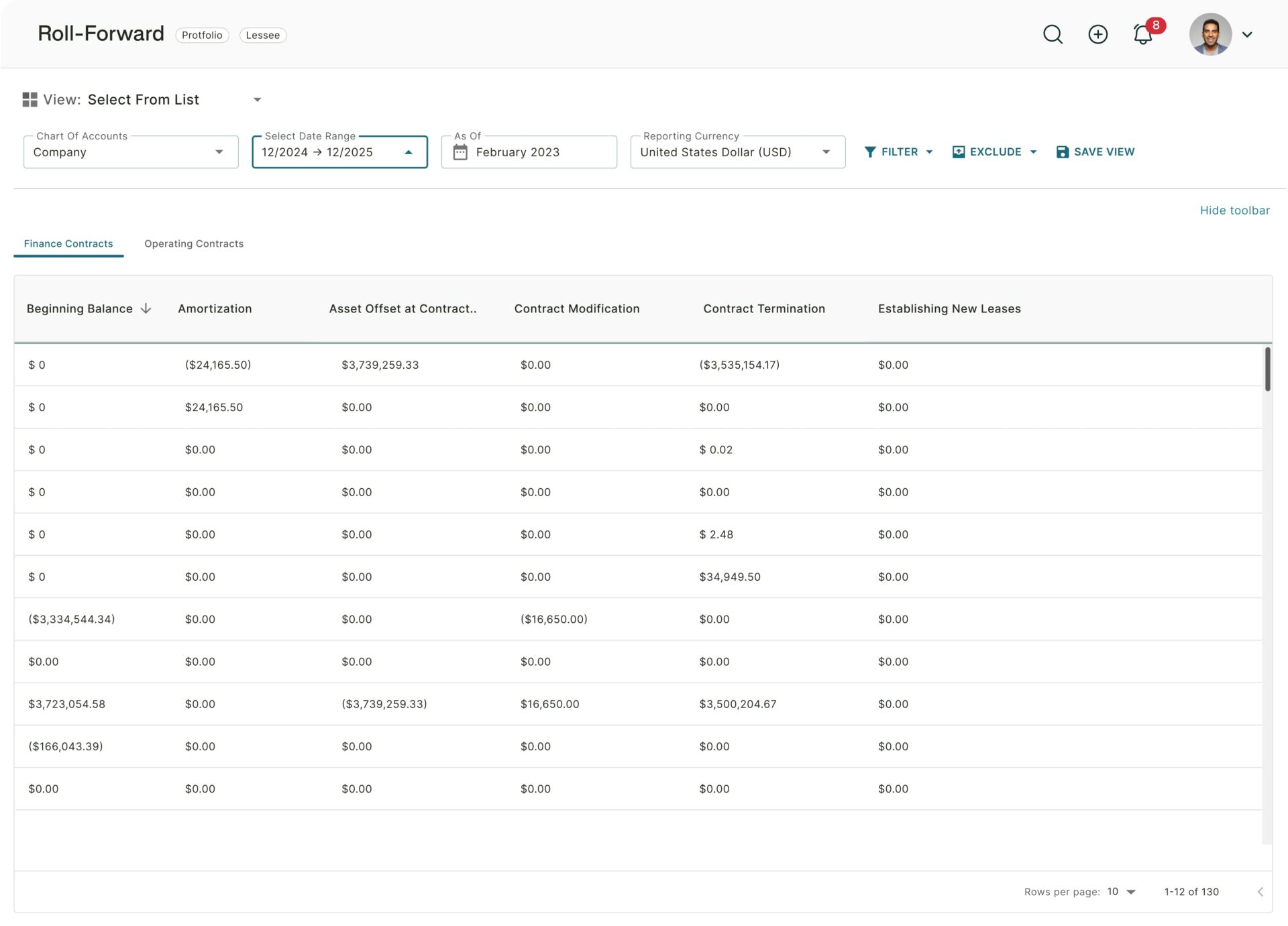The IBR (Incremental Borrowing Rate) is one of the most popular topics for ASC 842 compliance. What rate should you use? Should it be based on the standard borrowing rate, risk curves, asset classes, lease lengths, countries and so on?
In this piece we’ll address the issue of the IBR, and look at tools that can save you time and stress when calculating this critical rate.
Why the IBR is so important
When it comes to accounting for leases, much revolves around the discount rate used in calculating the present value of lease payments. From the lease liability, to the right-of-use asset, and through the income statement, getting this figure right is key as it impacts so many different aspects of the financial statements.
When it comes to the discount rate to be used, ASC 842 states that a lessee “should use the rate implicit in the lease” if that is readily determinable. If not readily determinable, then the incremental borrowing rate should be used.
The IBR is further defined as the “rate of interest that a lessee would have to pay to borrow on a collateralized basis over a similar term an amount equal to the lease payments in a similar economic environment.”
Multiple factors can impact this rate, ranging from the specific company’s credit risk, to the general economic environment.
For a more detailed IBR calculation and analysis, specific tools are available that can greatly assist companies.
Putting technology to work
When it comes to lease calculations in general, and calculating the IBR in particular, technology has a crucial role to play in minimizing time and headache, while maximizing accuracy and compliance.
If up until now many companies were still accounting for their leases using Excel spreadsheets, the added requirements and complexity introduced by ASC 842 make this approach much less tenable.
For example, a purpose-built automated lease accounting software solution can do everything from scanning actual leases and using OCR technology to pick up pertinent information such as key dates and amounts to proposing journal entries dealing with complex issues such as lease modifications seamlessly, accelerating your close process and providing complete visibility to all key stakeholders.
Trullion’s AI-enhanced lease accounting software has even more benefits, some of which are specific to the Incremental Borrowing Rate.
Feature 1: IBR Sensitivity Analysis Report
This module allows you to simulate different IBR percentages, to confidently determine the best IBR to use for your GAAP or IFRS lease compliance. By having access to this sensitivity report, you can readily determine the impact that the chosen IBR will have across your results.
What’s more, this feature gives you the ability to work with audit and consulting partners, with one source of truth, for in-depth strategic analysis and optimization.
Your auditor will want you to demonstrate how you arrived at your IBR. With this feature you can do scenario modeling around different IBRs (for example, performing a sensitivity analysis by increasing or decreasing the figure by 1%) and you can see how this impacts the right of use asset and other entries – and demonstrate it to your auditors.
Feature 2: IBR and Interest Rate Rules and Schemes
This feature offers the ability to input complex, rule- or scheme-based interest rates, which in turn can increase accuracy and accelerate GAAP and IFRS compliance. By extension, this feature empowers you to be super confident that your IBR is highly accurate, and enables stakeholders such as auditors, for example, to view your calculations down to a granular level.
These features, combined with the overall solution, put you in a better place to ensure compliance, minimize financial and time drains, and more importantly – to add value with key insights that can have a massive impact.
IBR: from foe to friend
When ASC 842 and IFRS 16 first came out, the IBR was a source of much concern for accounting teams. This figure leaves a lot of room for judgment, yet it is so central to the entire lease accounting section.
A small change to this figure can have a high impact on balance sheet items, key financial ratios and disclosures.
With the latest in SaaS-based technology, the IBR can be confidently calculated, including performing a sensitivity analysis that will ensure no surprises down the line. What’s more, auditors and consultants can have access to the same information that you do, ensuring that everyone is aligned and that it backs the selected rate.
With Trullion’s AI-enhanced automated accounting software solution – including our LeaseSCRE integration – accounting teams can sleep soundly knowing that calculating the IBR accurately doesn’t have to be a complex, stressful and time-consuming process.
To learn more about Trullion’s solution, get in touch.





